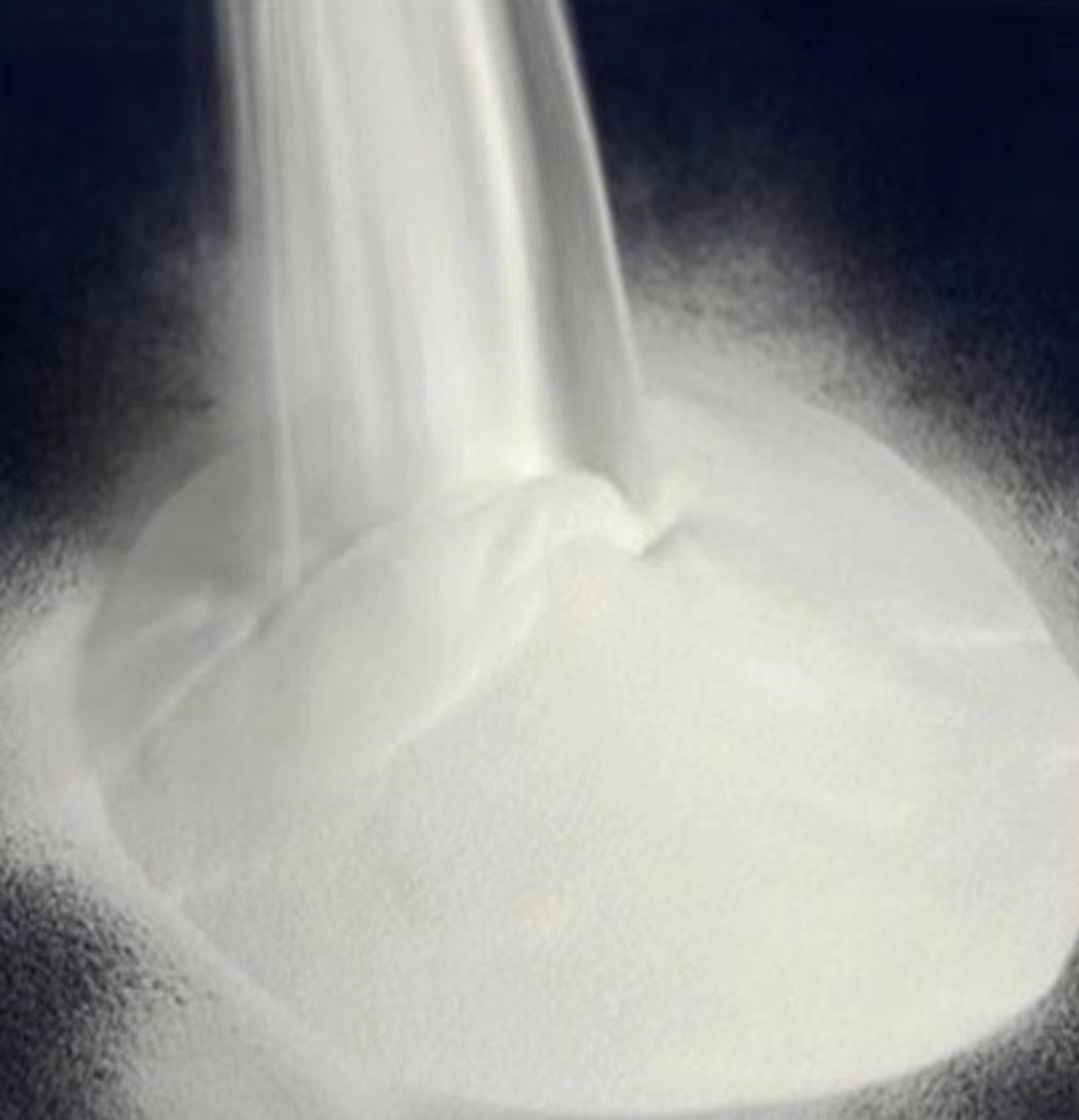Properties, uses, and production process performance of chlorinated polyethylene. It is a white powder, non-toxic and odorless, saturated polymer material with excellent weather resistance, ozone resistance, chemical resistance, and aging resistance. It also has good oil resistance, flame retardancy, and coloring properties. Good toughness and compatibility with other polymer materials, with high decomposition temperature. Used as a modifier for polyvinyl chloride, ABS, and other polyolefins, derived from thiadiazole; The production method of pharmaceutical intermediates is obtained by distillation chlorination reaction of high-density polyethylene, and the main processes include solution method, suspension method, suspension solvent method, and fluidized bed method. (1) Solution method: Heat high-density polyethylene powder with certain characteristics and dissolve it in polar solvents such as carbon tetrachloride and chlorobenzene. Under the action of free radical initiators (such as azodiisobutyronitrile), chlorination reaction is carried out under anaerobic conditions at 90-100 ℃ and atmospheric pressure to 0.686 MPa. After the chlorine content of the product is qualified, it is recovered through water precipitation and then dehydrated and dried to obtain a non crystalline and elastic product. This method is easy to control and can produce stable pure chlorinated polyethylene, but the solvent is prone to pollution, the recovery process is complex, and energy consumption is high. It is rarely used in industry. (2) Suspension method: High density polyethylene powder with a relative molecular weight of 100000 to 150000 and a particle size passing through a 60 mesh sieve is added to a water medium containing a certain amount of emulsifier, dispersant, and initiator (such as benzoyl peroxide and azodiisobutyronitrile). The mixture is stirred and heated to around 80 ℃. After emulsification is completed, the mixture is heated to 115-120 ℃. Chlorination is carried out under normal pressure to 0.98 MPa and anaerobic conditions. Control the chlorine flow rate and chlorination time to produce a resin with a certain chlorine content. The reaction product undergoes neutralization, washing, filtration, centrifugal dehydration, and drying to obtain a product with a certain degree of crystallinity and elasticity. (3) Suspension solvent method: Add a certain amount of solvent to the suspension medium, and the chlorination operation is the same as the suspension method. (4) Fluidized bed method: using highly dispersed polyethylene powder γ Under radiation or ultraviolet radiation, chlorine is introduced into a fluidized bed for chlorination, hence also known as gas-phase method. The process of this method is difficult to control.

